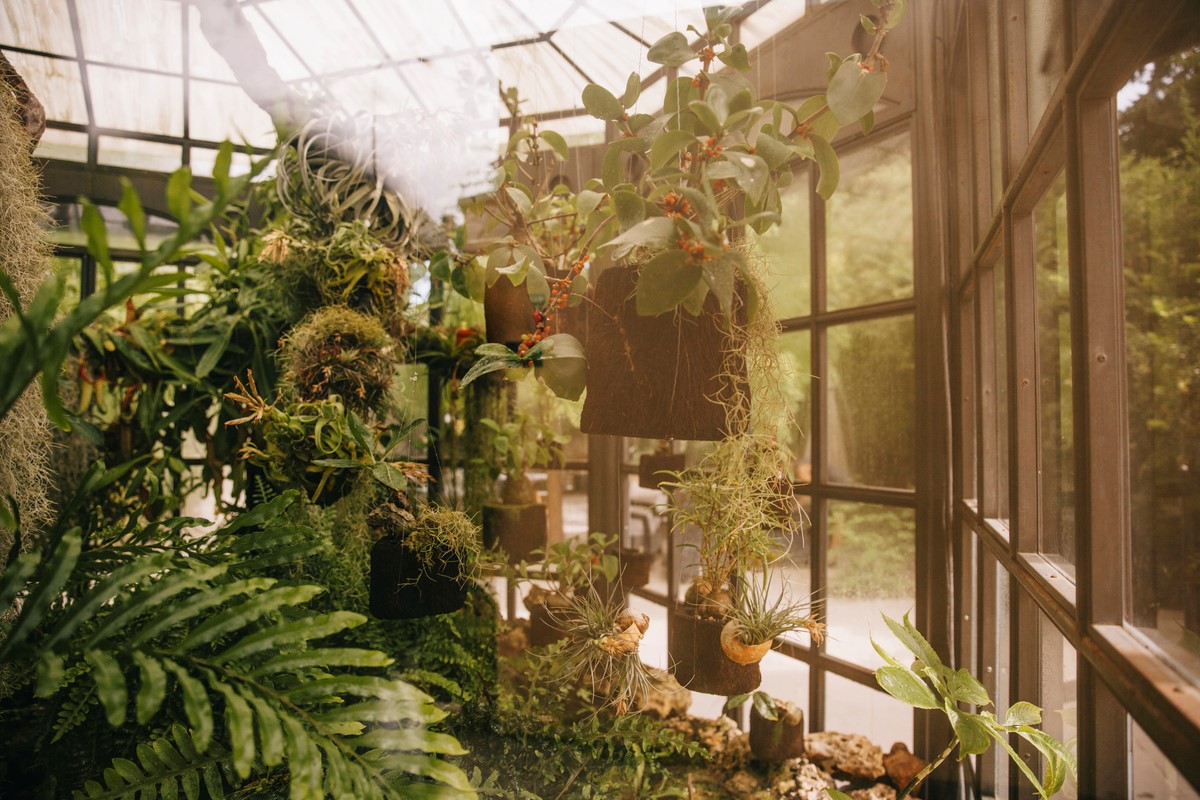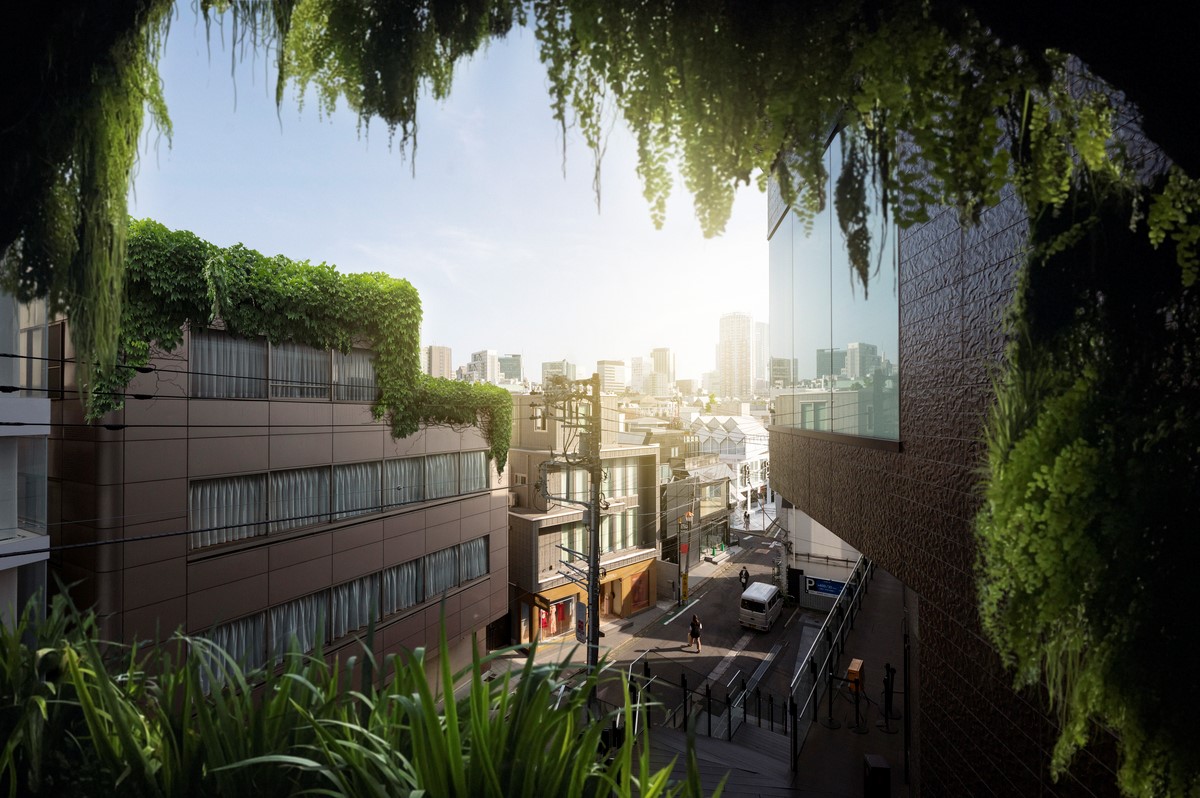Stepping into a world where nature’s embrace greets you at every turn and the soothing presence of greenery fills the air is a welcome sight. Biophilic design is a concept that seamlessly merges the beauty of nature with the essence of built environments.
But do you know all the wonders of biophilic design and the remarkable benefits it brings to the spaces we inhabit?
Let’s find out!
What Is Biophilic Design?
Biophilic design, as the name suggests, blends nature with man-made buildings and environments. Essentially, it brings the outdoors in and infuses indoor spaces with the vitality of the natural world.
Why do we need this type of design, you ask?
Well, humans have always had an inherent desire to connect with nature. After all, we ourselves are part of it. Centuries laden with codependence between man and nature have proven our need for green environments. This design approach reconnects us to our primal affinity and nurtures our well-being and contributes to sustainability in architecture.
Biophilic design focuses on creating environments that foster a deep connection with nature. It does this by infusing your space with the sights, sounds, and textures of the natural world.
Biophilic design encompasses 6 elements:
- Environmental features
- Natural shapes
- Natural patterns
- Place-based relationships
- Light and space
- Human-nature relationships
Ultimately, biophilic design is our ticket to a world where walls breathe, plants thrive, and we find solace.
What Are the Benefits of Biophilic Design?

The benefits of biophilic design are as diverse and captivating as the lush green landscapes they bring into our lives. Let’s explore how this approach enriches our existence.
Reduces Urban Heat Island Effect
In concrete jungles, temperatures in summer seem to soar higher than the sun itself. To combat this, designers have started using biophilic design as an antidote. Natural elements like green roofs, living walls, and rooftop gardens cool our urban environments and protect us from the heat. Living, breathing installations provide a refreshing visual escape and serve as natural ACs.
Improves Productivity and Performance
Workplaces can often be drab, causing employees to fall back on their tasks and lack the motivation needed to progress. But new studies have shown that exposure to biophilic design can enhance productivity and performance by up to 15%. Most advantages come from being in natural light (next to windows) and close to greenery, even if it’s an artificial green wall!
Aids Cognitive Development
Oftentimes, biophilic design isn’t about aesthetics, but about nurturing our bodies and minds. Recent research suggests that preschoolers exposed to nature-inspired environments exhibit a longer attention span and recover from attentional fatigue and stress faster. As a result, they’re able to perform better academically and develop learning abilities quicker. Aside from this, children can establish a positive, deeper connection to nature.
Reduces Stress Health Problems
The demands of modern life can leave us frazzled, overwhelmed, and vulnerable to health issues. But by spending time in a biophilic environment surrounded by natural elements (like flowing water and greenery), we’ll notice a soothing effect on our nervous system, a reduction in stress levels, and an improvement in well-being. Even in environments where natural plants can’t thrive, artificial greenery brings a similar calming atmosphere.
Improves Mood
Have you ever noticed how a brisk walk in the park or a hike through a forest leaves you rejuvenated and content? No, it’s not all in your head. The presence of nature can indeed elevate your mood, decrease your anxiety, and promote a sense of happiness in just 120 minutes a week. Similarly, biophilic design harnesses this mood-boosting power. Thus, it helps you create a wellness sanctuary by raising endorphin levels and dopamine production.
Helps Create a Stronger Bond With Nature
Our fast-paced lives hinder our connection to nature and pull us away from our natural surroundings. But biophilic design serves as a bridge to reconnect us with the wonders of the natural world. So, by immersing ourselves in environments that mimic the outdoors (like staying in spaces with biomimicry), we strengthen our bond with nature and foster stewardship towards our planet. In the end, it’s not hard to bring nature back into our lives.
Finishing Thoughts
Keep in mind that this is not the full extent of the benefits of biophilic design. This design principle has much more to offer, but we’ll leave that to you to discover.
So, are you ready to let biophilic design be your gateway to a leaner, greener, healthier, and more harmonious existence? All you have to do is buy a few plants, let natural light fill your room, and show your love for nature.

